Search
97132 LONG-TERM OXIDATION BEHAVIOR OF SELECTED HIGH TEMPERATURE ALLOYS
Also Purchased
08446 High Temperature Oxidation of Heat-Resistant Alloys in Combustion Environments
Product Number:
51300-08446-SG
ISBN:
08446 2008 CP
Publication Date:
2008
$20.00
01154 CHROMIUM DEPLETION IN HIGH TEMPERATURE ALLOYS DURING ELEVATED TEMPERATURE EXPOSURE
Product Number:
51300-01154-SG
ISBN:
01154 2001 CP
$20.00
02382 Update on an Information System for High Temperature Corrosion
Product Number:
51300-02382-SG
ISBN:
02382 2002 CP
Publication Date:
2002
$20.00




